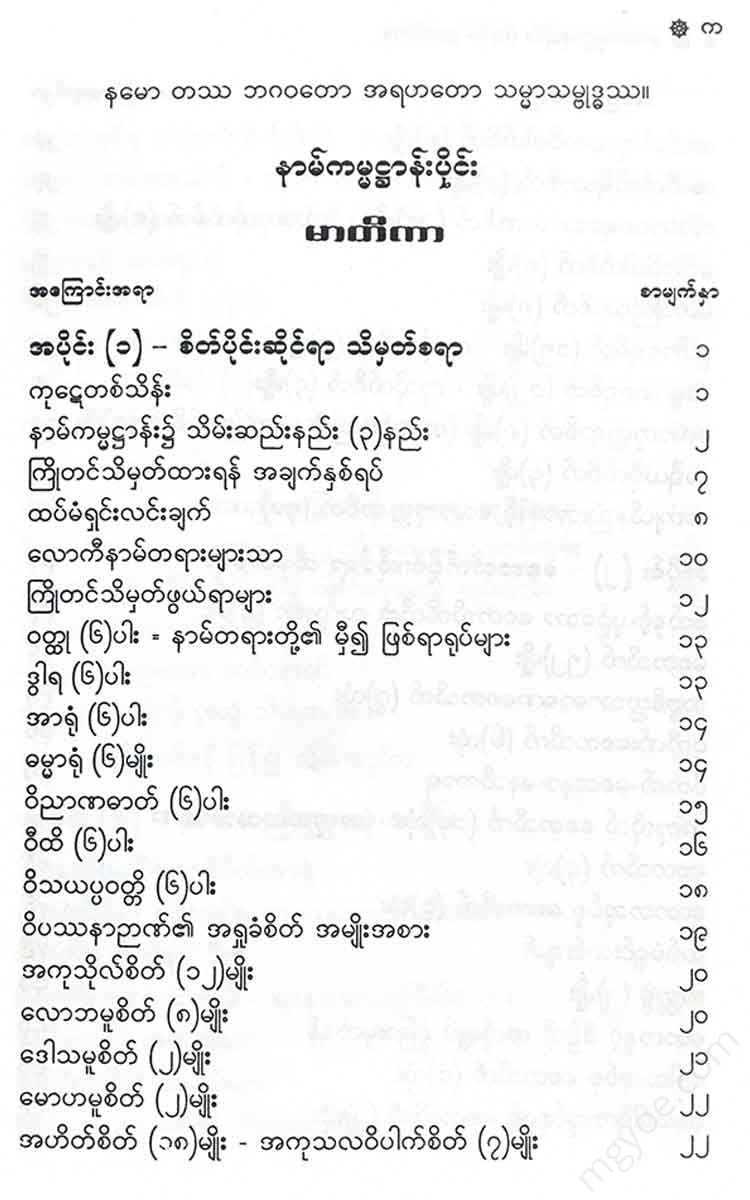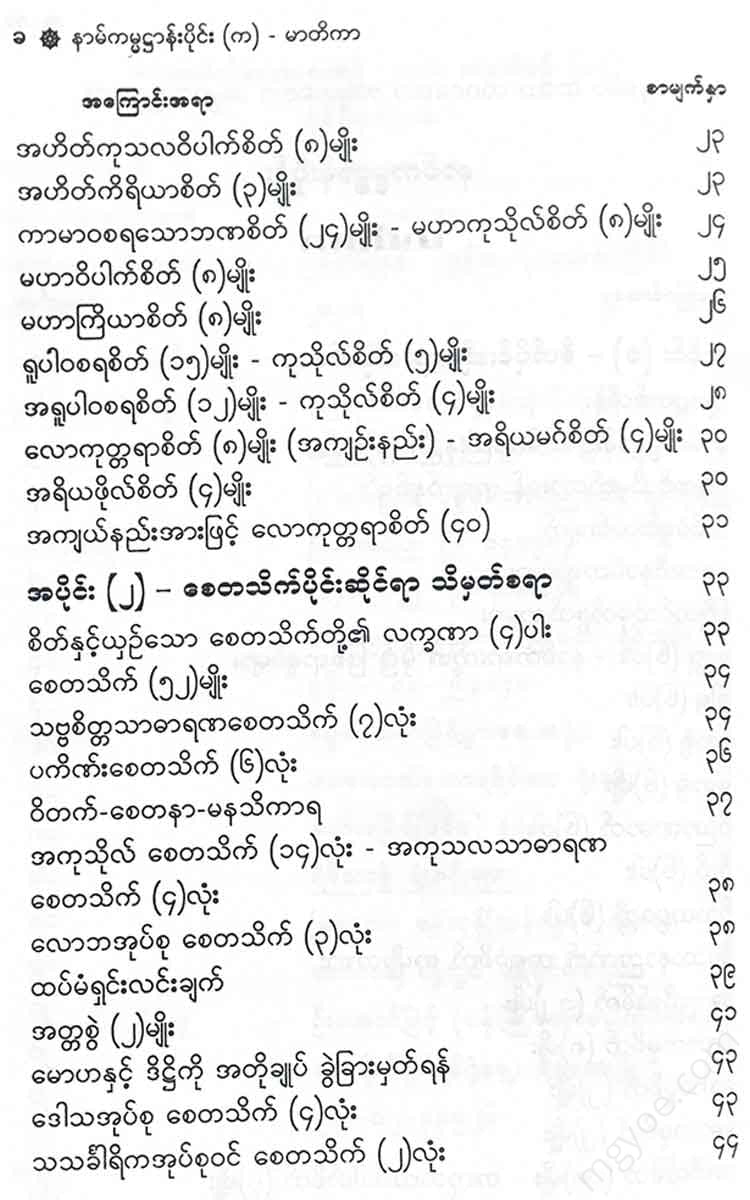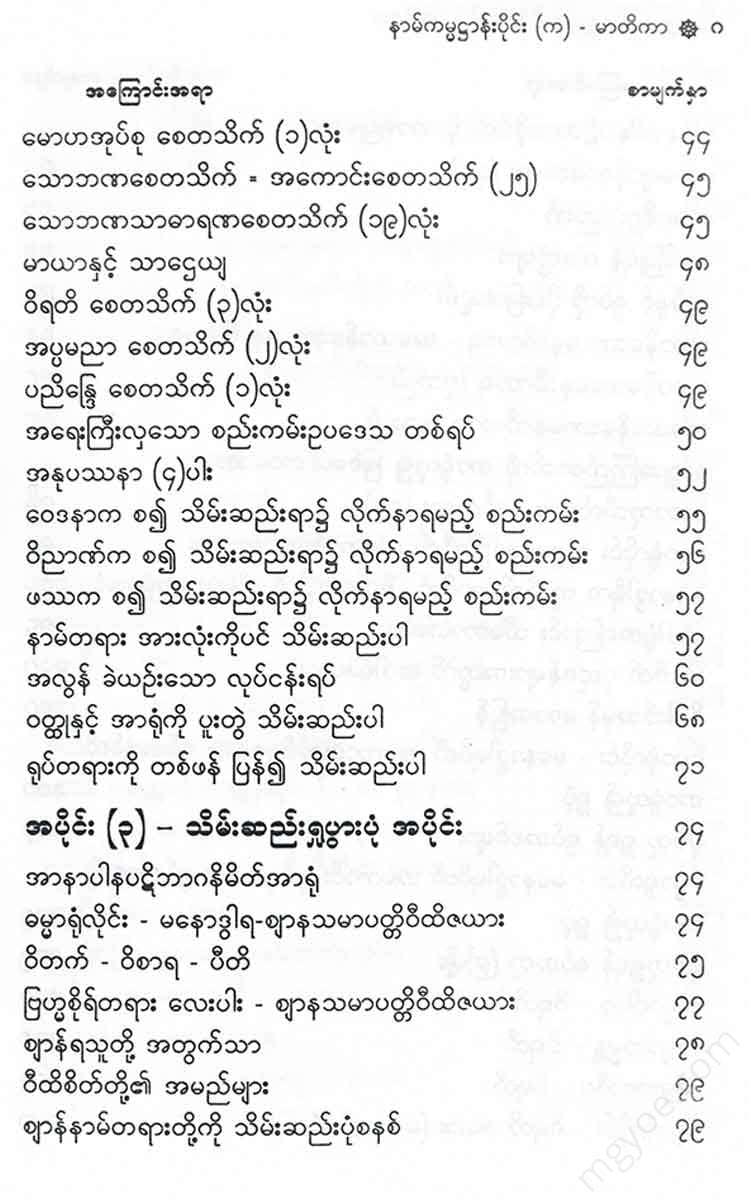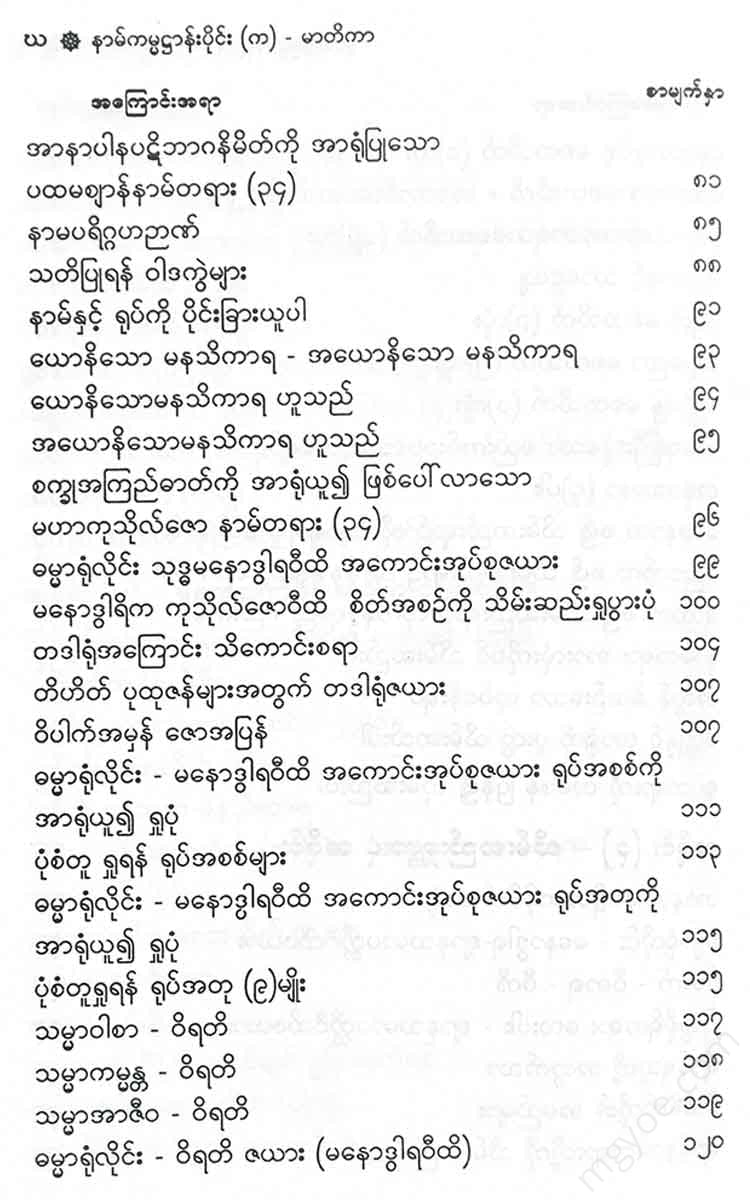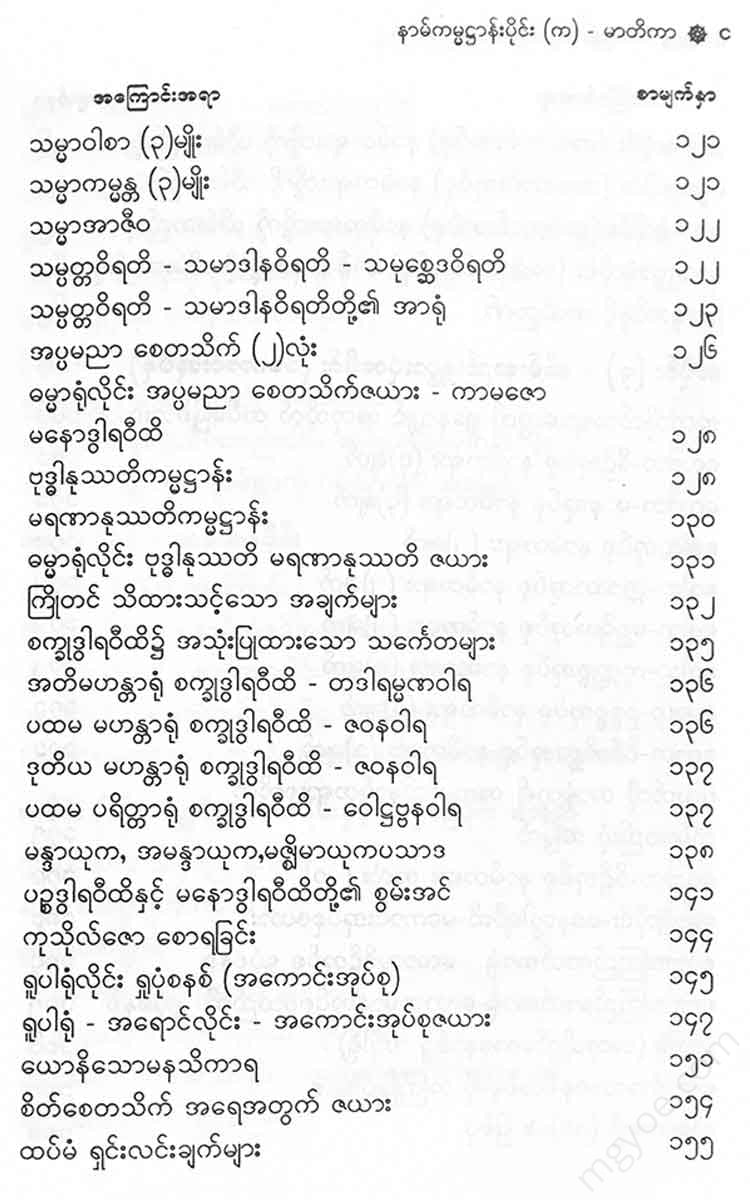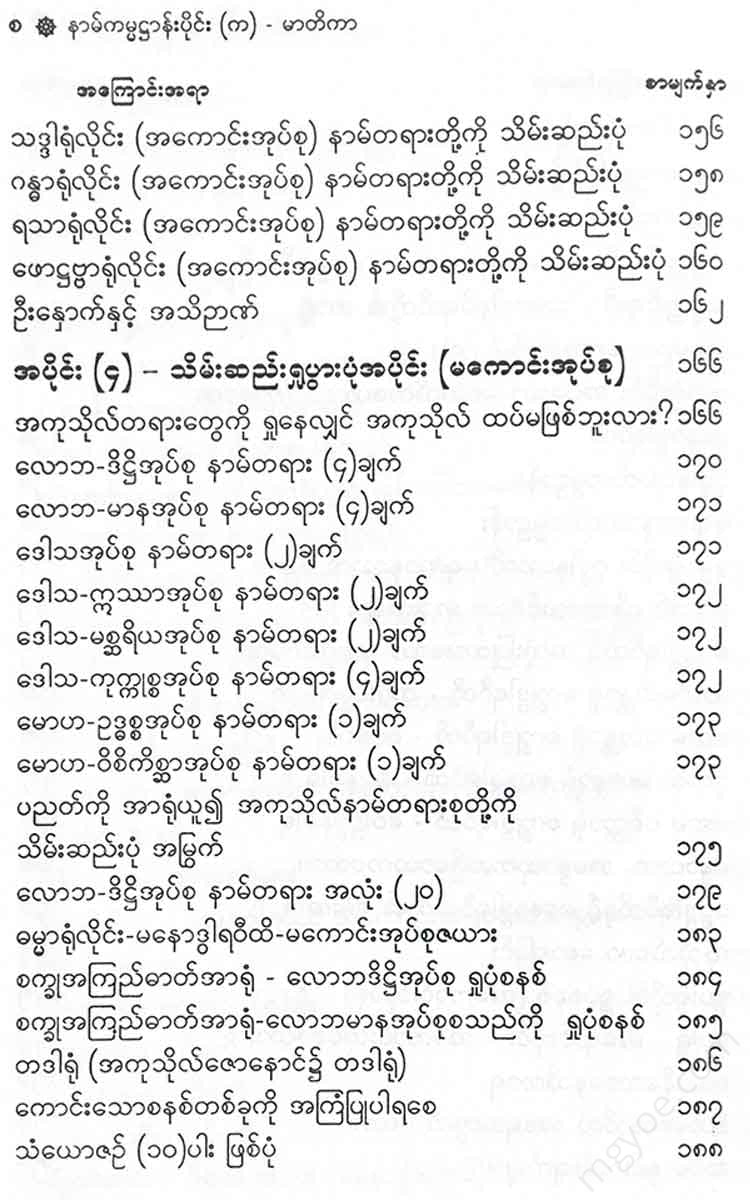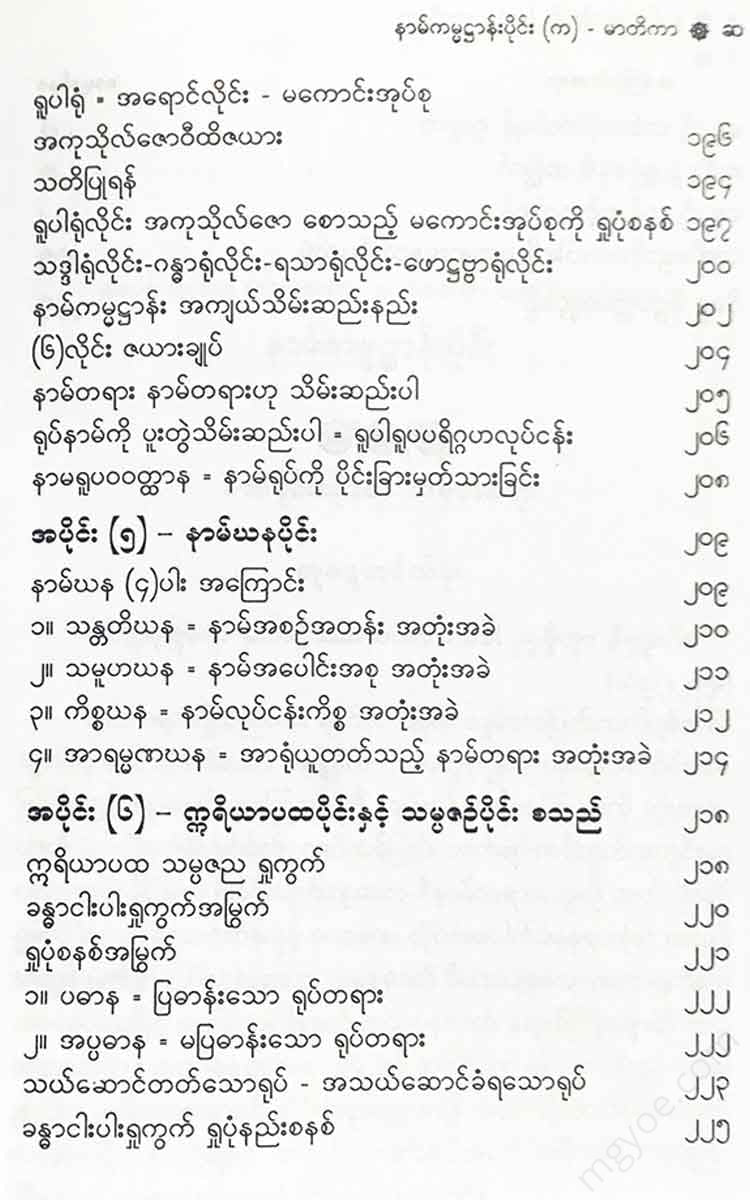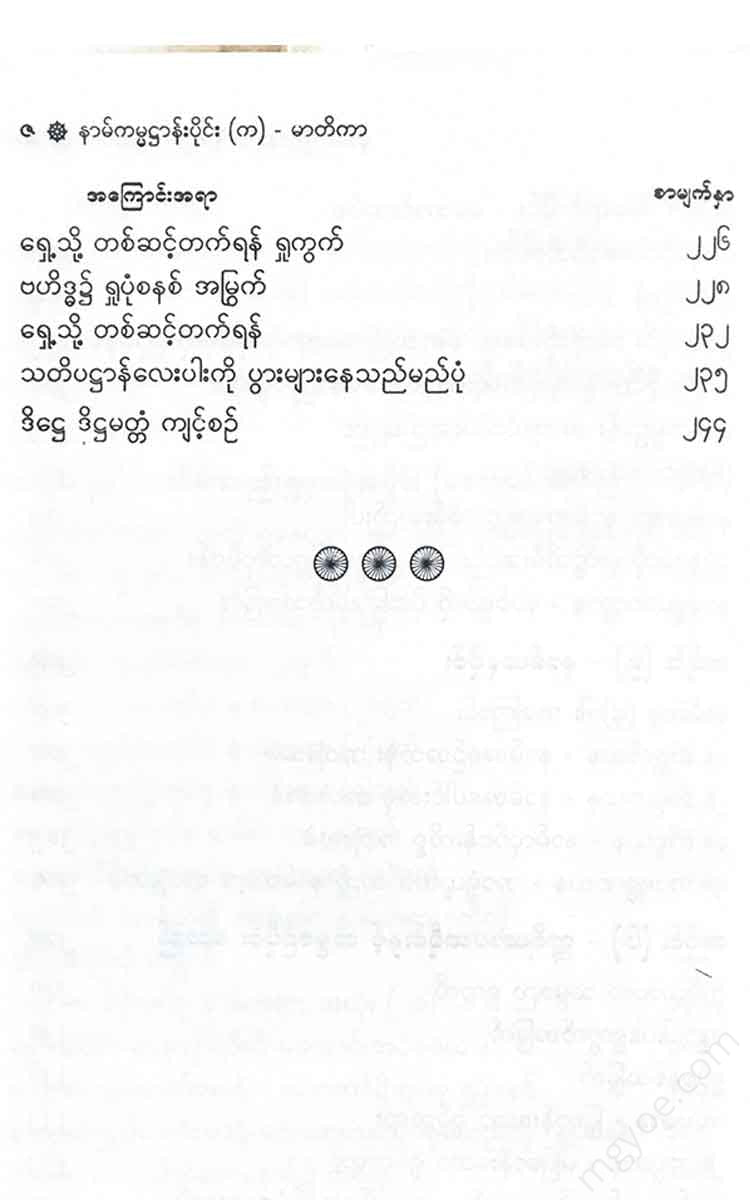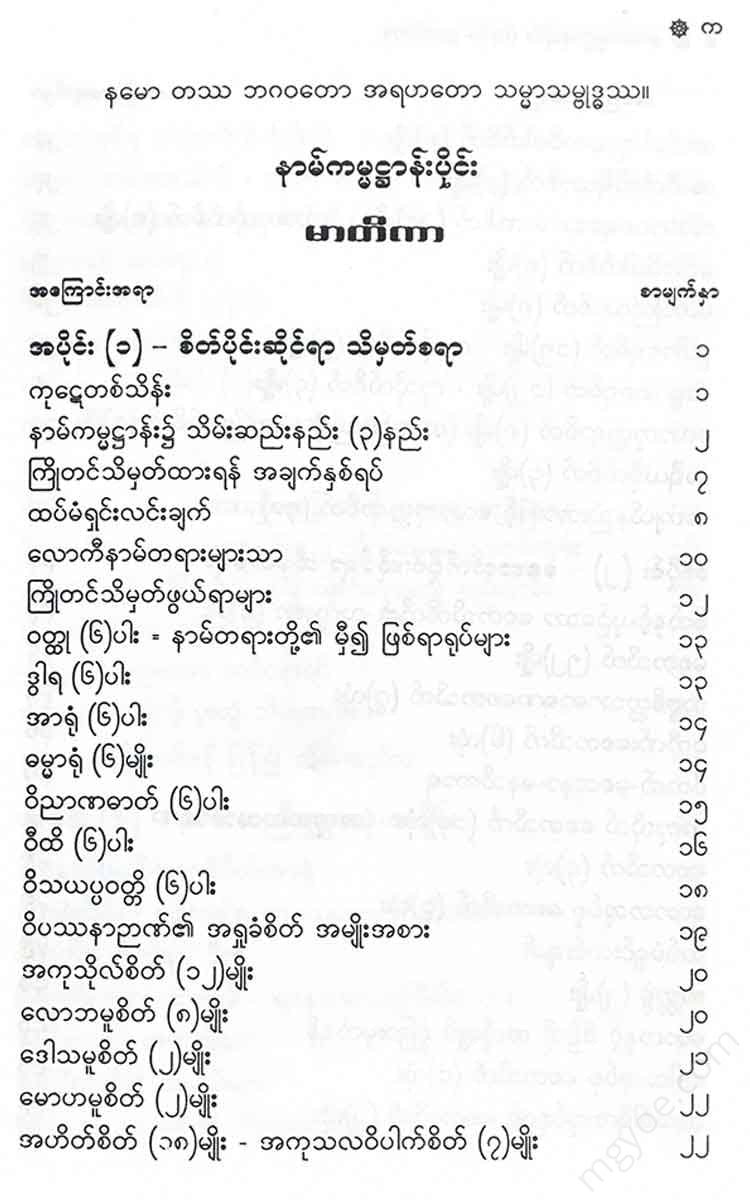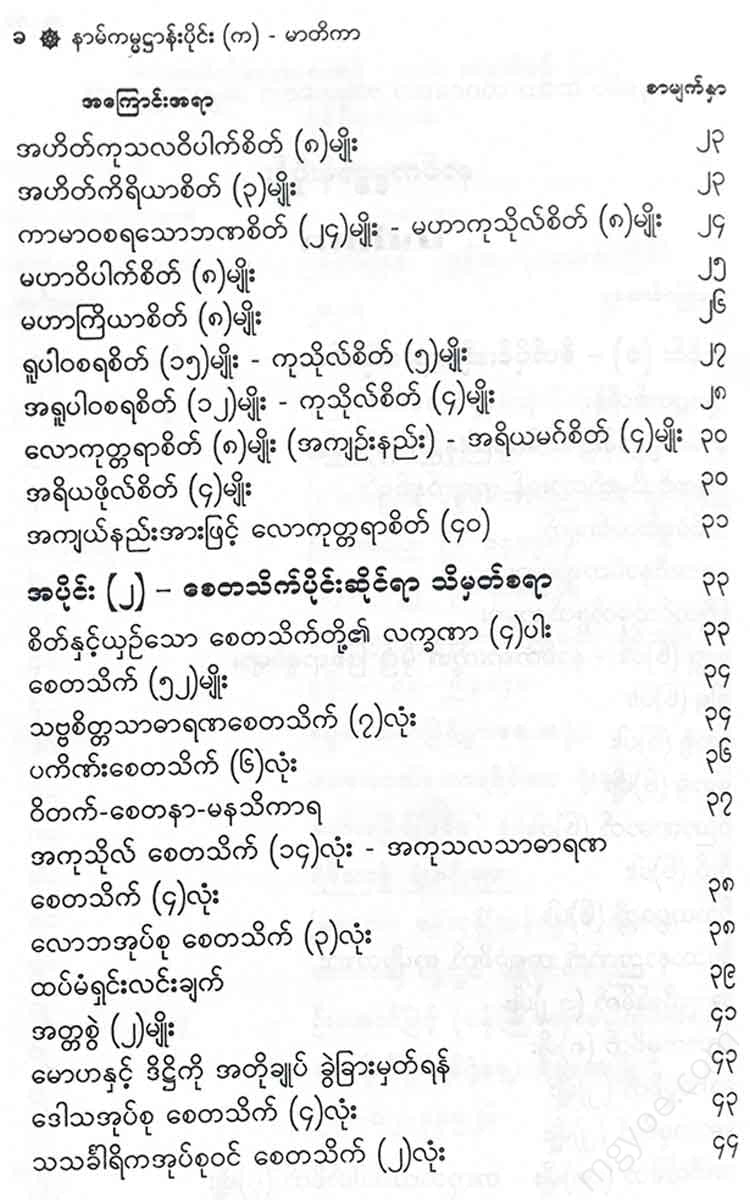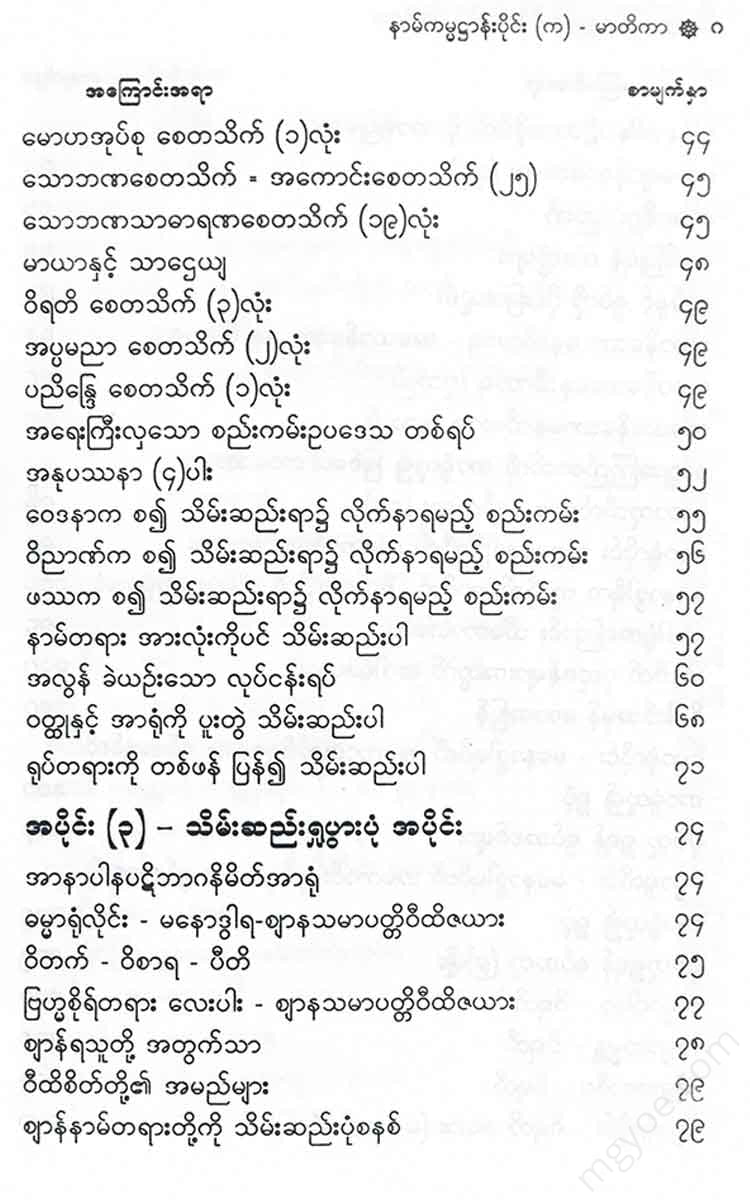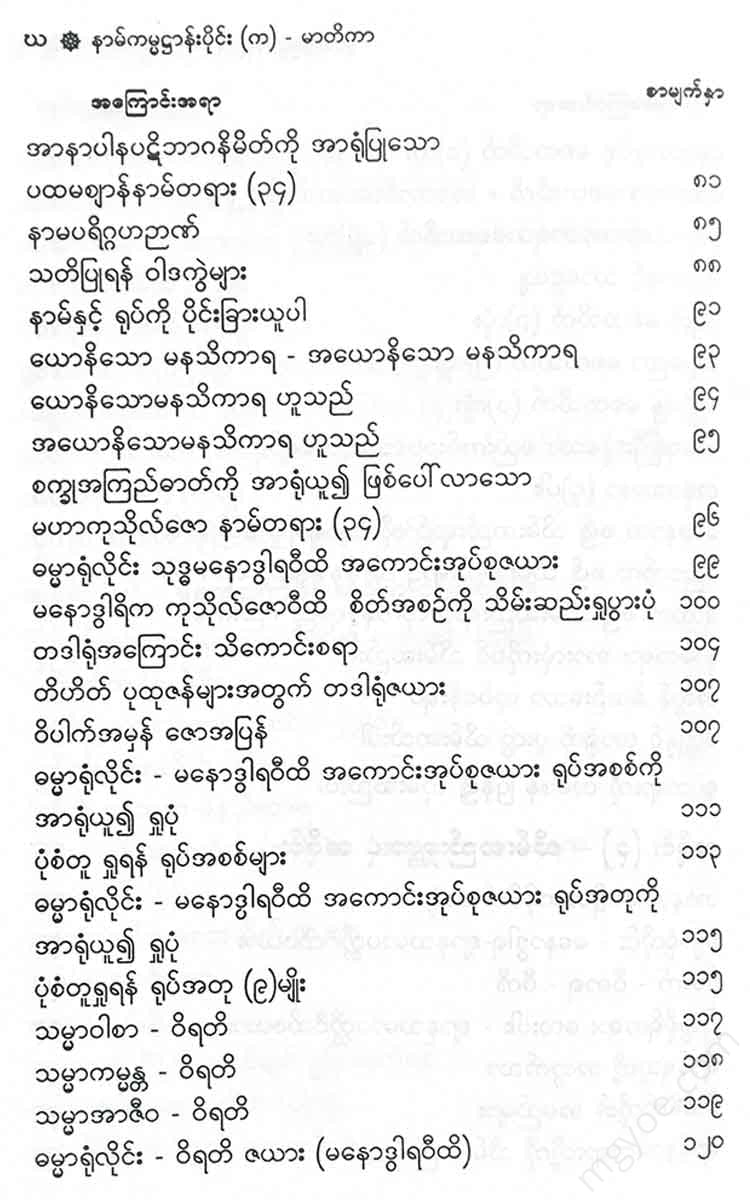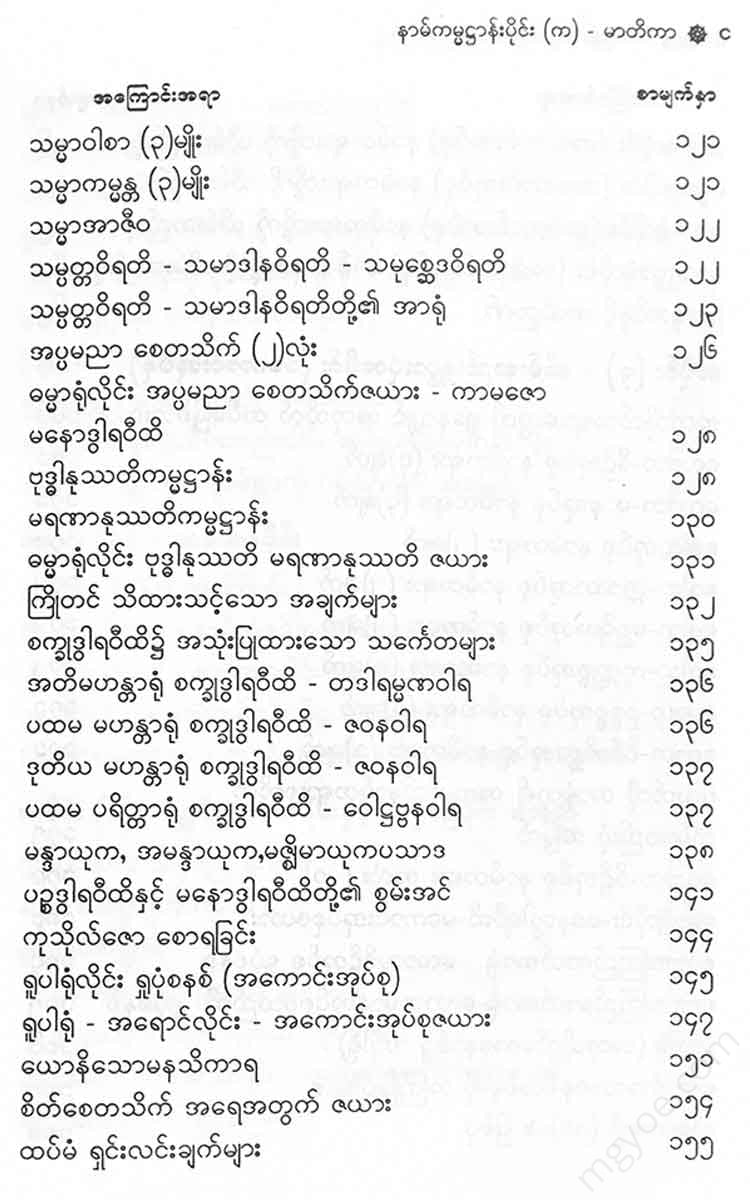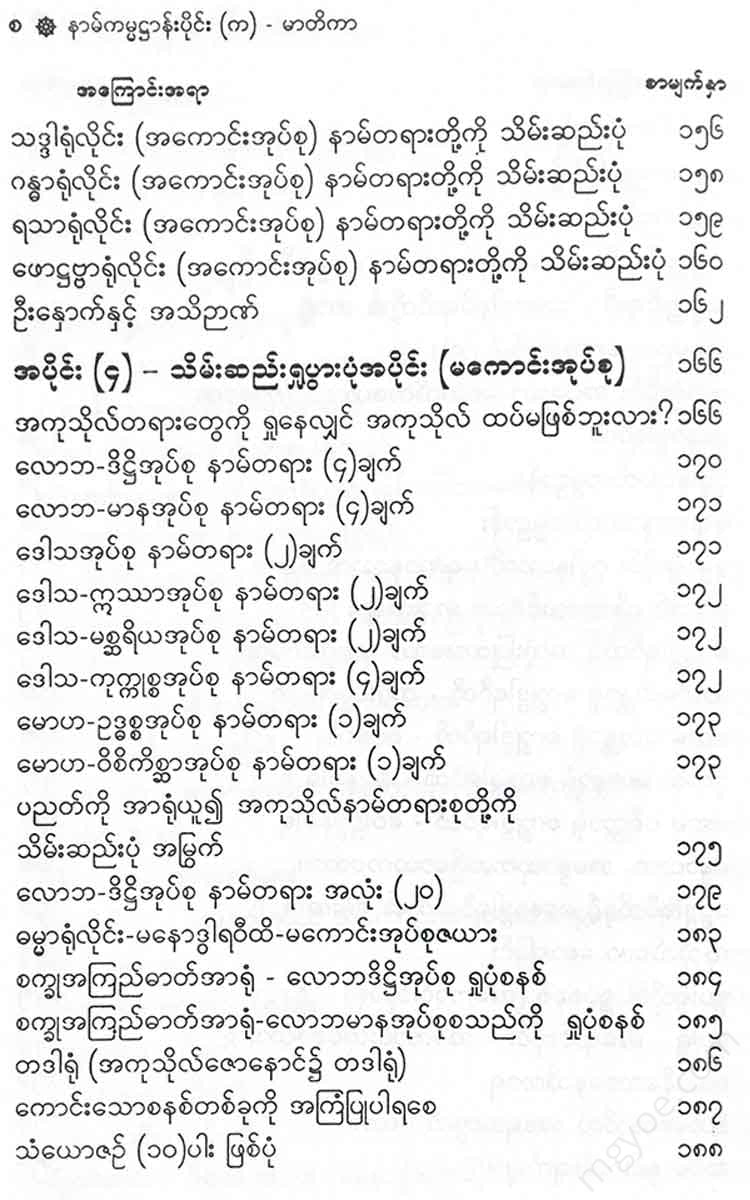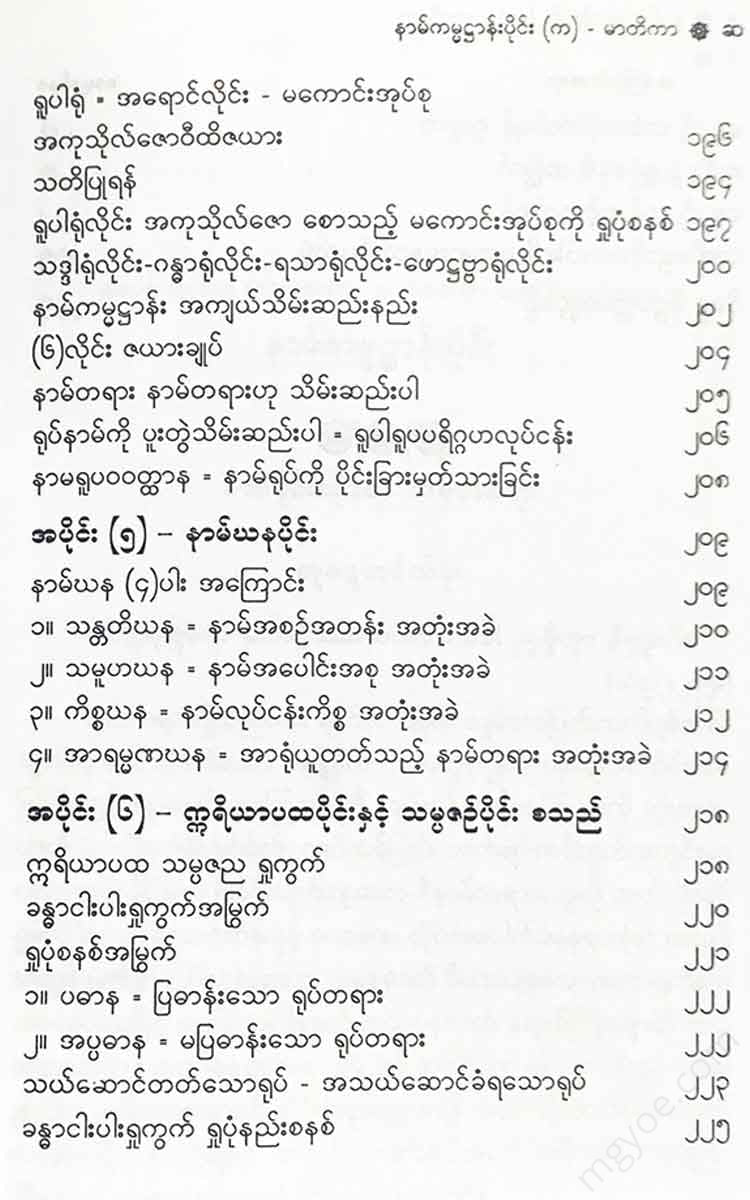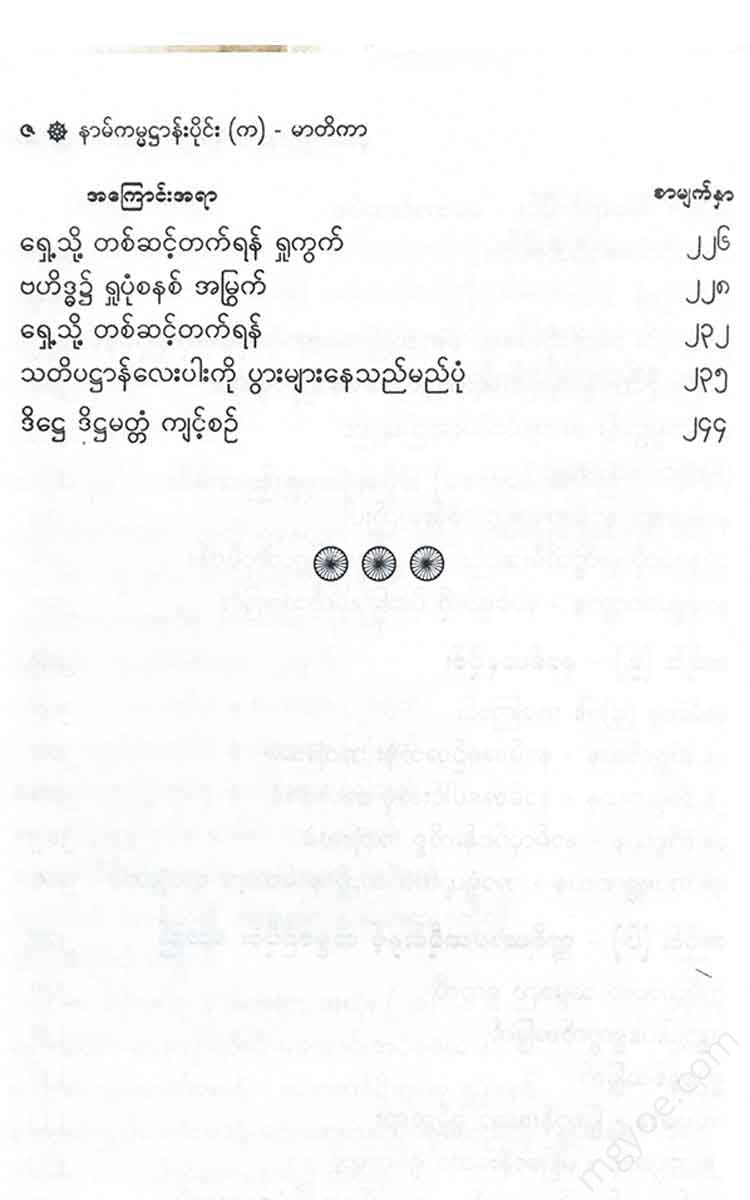Other Websites
Venerable Phor Aok Tora Sayadaw - The Practice of Attaining Nibbana (Summary) Volume (4)
Venerable Phor Aok Tora Sayadaw - The Practice of Attaining Nibbana (Summary) Volume (4)
Couldn't load pickup availability
The spiritual phenomena, however, have been formed in a time period called the blink of an eye, the blink of an eye, the blink of an eye, and then they have been destroyed. Referring to the words of this scripture, he asked, “How can I deal with these spiritual phenomena, which have been formed in a time period called the blink of an eye, the blink of an eye, and the blink of an eye?” He was constantly being held back by the hundreds of thousands of them, and he was very small in appearance, and he was not favored by the Vipassana world of today, so he was stuck in the middle of the current religion, but he had once flourished and flourished. May all the pure-hearted monks practice and strive to develop them.
(3) ways to store in Namakamta
Tividho hi arupa kamma dhana abhinivae so passavasane vemanavasena cittavasenaati. (D., 2,314. M., 1, 280. Abhi, 2,252.)
When you begin to renew your spiritual practice = when you begin to retain spiritual things and discern them with your mind -
1. How to save from the beginning of the phasas (for a person with obvious phasas)
2. The method of collecting from pain (for people with obvious pain)
3. The method of storing consciousness from consciousness (for a person with a clear consciousness) is:
There are (3) ways to do this. If the student is a person of Suddha Vipassana, then when starting the meditation, he should respectfully observe the following rules and regulations.
The formless and the formless are the same, "Viruli vepulli papunati." (Vishuddhi, 2, 227.)
The name of the one who is
If you are a good person who is a person of pure insight, then you should be a person who has properly and purely distinguished the material world with his mind. Because in the essence of beings with five bodies, the material world arises from the following mental states: eye-consciousness, body-consciousness, body-consciousness, and mind-consciousness. The mental states, which are called mind-consciousness and mind-consciousness, also arise from the mental state and form.
Therefore, if we do not yet grasp and observe the material and physical properties of these names, and the mental and physical qualities that depend on them, we will still be very far from being able to grasp and discern and observe the names, breaking them down into their individual forms, into their aggregates
Because - Only in the consciousness of a person who has thoroughly and thoroughly retained the material, the mental states appear in one of the three ways of retaining the material states, namely, in one of the three ways of retaining the material states. Therefore, only a person who has thoroughly and thoroughly retained the material states should make an effort to retain the material states. A person who has not thoroughly and thoroughly retained the material states should not make an effort to retain the material states. If, even if only one material state or two material states appear in the consciousness, he does not continue to exert himself in the mental state, abandoning the mental state and trying to retain the material state, his mental state will deteriorate.
(Visuddhi, 2,227. Paragraph-671.)
An example of comparison is that only the lower jhana, which is well developed to the point of reaching the fivefold limit, can be the most immediate cause of the higher jhana. The lower jhana, which is only partially developed, cannot be the most immediate cause of the higher jhana. In the same way, the physical perception that retains material phenomena can only be the most pure, free from confusion, free from blemishes, and free from defects, can only be the most immediate cause of the immaterial perception that retains spiritual phenomena. Even if the physical perception is impure, it cannot be the most immediate cause of the immaterial perception. Therefore, if the material world is a part of the spiritual world but is not apparent to the consciousness of the person practicing yoga, then that knowledge of the material world is impure. If the many material worlds are not apparent to the consciousness, where can there be any meaning? In order to make this meaning clear, the Venerable Atthakatha said the above statement.
(Mahatma, 2, 357.)
The Buddha spoke a sutta in the Anguttara Pali (Am. 3, 216.) called the Gadhi Sutta. In that sutta he tells the story of a foolish, unwise, and unskilled cow that grazed on an uneven mountain. When the foolish cow looked up from a mountaintop, she saw a clear, cool lake and all the green grass around it. So she came down from the mountain with the intention of eating the green grass and drinking the clear, cool water in the lake. She did not place her golden feet firmly on the ground, but lifted her hind feet. The mountain fell back, leaving him unable to eat the fresh grass he had hoped for, unable to drink water, and unable to climb back to the top of the mountain as he had originally planned.
In the same way, a monk who has not practiced the five-ton meditation in the lower and lower jhanas, but has not yet reached the upper and higher jhanas, cannot reach the upper and higher jhanas, and even after reaching them, falls down from the lower and lower jhanas. Thus the Buddha has spoken. (For the details, see the Yingawi Sutta.)
Similarly, the Atthakatha Sayadaw also uses this example to warn us here. He warns us that if we try to maintain mental concentration without having properly and purely retained physical concentration, we will deteriorate from our concentration. This means that we will not be able to reach the desired mental concentration, and even after achieving it, we will fall from physical concentration.
However, if a good student is a person of Samathayana, then due to the power of this jhana concentration, he can start to retain the jhana-names, which are led by the jhana-elements vitak, visara, piti, sukha, and ekaggata. However, after retaining the jhana-names, it is instructed in the Visuddhimagga Atthakatha (Visuddhi, 2, 222.) that after retaining the jhana-names, he must also retain the material objects and the physical objects that are dependent on these material objects. Again, in the part where the five aggregates of upadana called pakinnaka-sankhara = broken aggregates are retained, the kama-vasara-names must also be retained. At that time, it is especially necessary to have retained the material objects that are dependent on the material objects. Therefore, the above rules and regulations are a rule that not only Suddha Vipassana Yanikas but also Samathayanikas must follow with respect and devotion in preserving the sacred names of the Kamavasaras.
If one attempts to engage in the practice of meditation, namely, the practice of reviving the mind, storing and developing the mind, without establishing any of the two types of concentration, namely, concentration on the basis of the mind, and without following the above rules, then the virtuous person who attempts this may be one of the group that has mastered the mind of the Buddha by a hundred thousand million.
Two things to keep in mind in advance:
The formless Dhamma is the formless Dhamma, the
(Visuddhi, 2, 223.)
The word "dwaravasena arupamma paknha hoanti" means "the unmanifested dharma is not a formless object." (Mahatma, 2, 352-353.)
In preserving the spiritual knowledge, it can also be preserved by the power of the material form. It can also be preserved by the power of the ayatanadwara, such as the sikku dharavi, the sotadharavi, etc. Of these two methods, the Atthakatha Sayadaw said:
"Thus, in the mind of a yogi who has perfectly and purely retained the form of the form, by the power of the dvaara - by the power of the ayatanadvaara, the spiritual dvaaras become manifest."
It is explained like this. There is a reason for such instructions.
1. The spiritual law that depends on the visible object,
2. The spiritual law that depends on the material form,
3. The spiritual law that depends on the material form,


